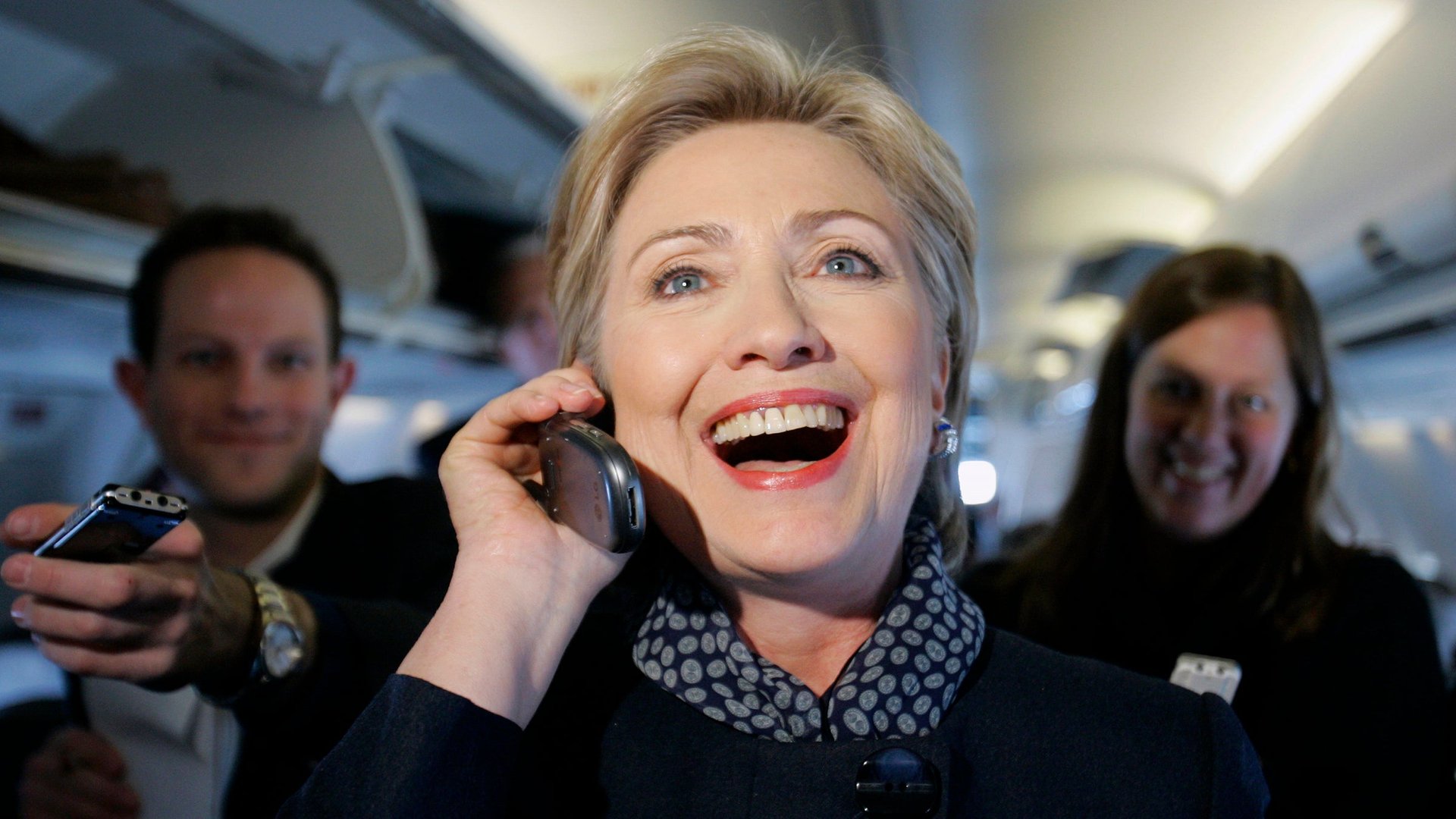New in-flight rules will give Americans 100 million more hours with their gadgets
The US Federal Aviation Administration may be about to change its policy on in-flight gadget use, The Wall Street Journal reports. Current regulations, banning all devices until planes have reached an altitude of 10,000 feet, are now over 50 years old. And it seems increasingly clear that the electronic signal interference the ban was designed to prevent isn’t actually an issue. With this in mind, the FAA put together an advisory panel last August to reconsider regulatory standards, and the first draft of its report has just been completed.


The US Federal Aviation Administration may be about to change its policy on in-flight gadget use, The Wall Street Journal reports. Current regulations, banning all devices until planes have reached an altitude of 10,000 feet, are now over 50 years old. And it seems increasingly clear that the electronic signal interference the ban was designed to prevent isn’t actually an issue. With this in mind, the FAA put together an advisory panel last August to reconsider regulatory standards, and the first draft of its report has just been completed.
The draft doesn’t include anything on phone use for voice calls—so at this point that would continue to be outlawed during flight, and the biggest change would be uninterrupted use of gadgets currently relegated to cruising altitudes. That 15 minutes or so on either end of the flight adds up: A recent study by DePaul University researchers found that current US gadget restrictions prevent passengers from using gadgets for a total of 105,816,793 hours when they would have otherwise in 2013, more than double the estimated number for 2010. More passengers are bringing devices into the air with them, and that means the collective grumbling over switching them off has gotten louder. If nothing else, we’re set to reclaim as much as 100 million hours of valuable Angry Birds time.
The FAA panel’s draft proposes that restrictions be based on individual aircraft and their vulnerability to certain devices, with flight attendants announcing one of three guidelines at the start of each flight: For planes with limited protection against signal interference, the current guidelines would be maintained, with all electronics banned during take-off and landing. For most flights, certain electronics would be allowed from gate to gate—but cell phones would often be banned. Planes that passed extensive tests to prove their invulnerability to signal interference would allow any electronic use, including cell phones with their wireless transmission turned on.
As it stands, most planes have shielding around wires and panels that could be vulnerable to stray electromagnetic signals, so it would be surprising if a modern plane didn’t pass such a test. When the cast of the US TV show MythBusters took on in-flight cell phone use in 2006, they concluded that the signals weren’t dangerous, but that the many electronic components inside each cockpit made testing too expensive for the FAA to consider. If the draft recommendations go through, the onus will be on individual airlines to check cell phone safety, and it shouldn’t be long before passengers are getting a thumbs-up for gate-to-gate use.
But would you get enough of a wireless signal for texting and web-browsing on a plane, even if you were allowed to? The higher you go, the weaker your cellphone signal will be, since it has to head down to a ground tower before it can get picked up by the cellular network. But airlines have rolled out trial cell phone services before, and to get around the issue they use picocells—tiny cellular base stations on the planes—that passengers’ cell phones then connect to. A picocell acts as a base station or miniature cell phone tower, picking up the signal of cell phones onboard and relaying them to the cellular network via satellites or towers on the ground. With equipped aircraft, an airline could charge you for access to texting and mobile web just as many now offer Wi-Fi for a significant fee. This would also technically enable voice calling, so the FAA’s decision to ignore voice calls in its draft is probably more about in-flight courtesy than actual safety.